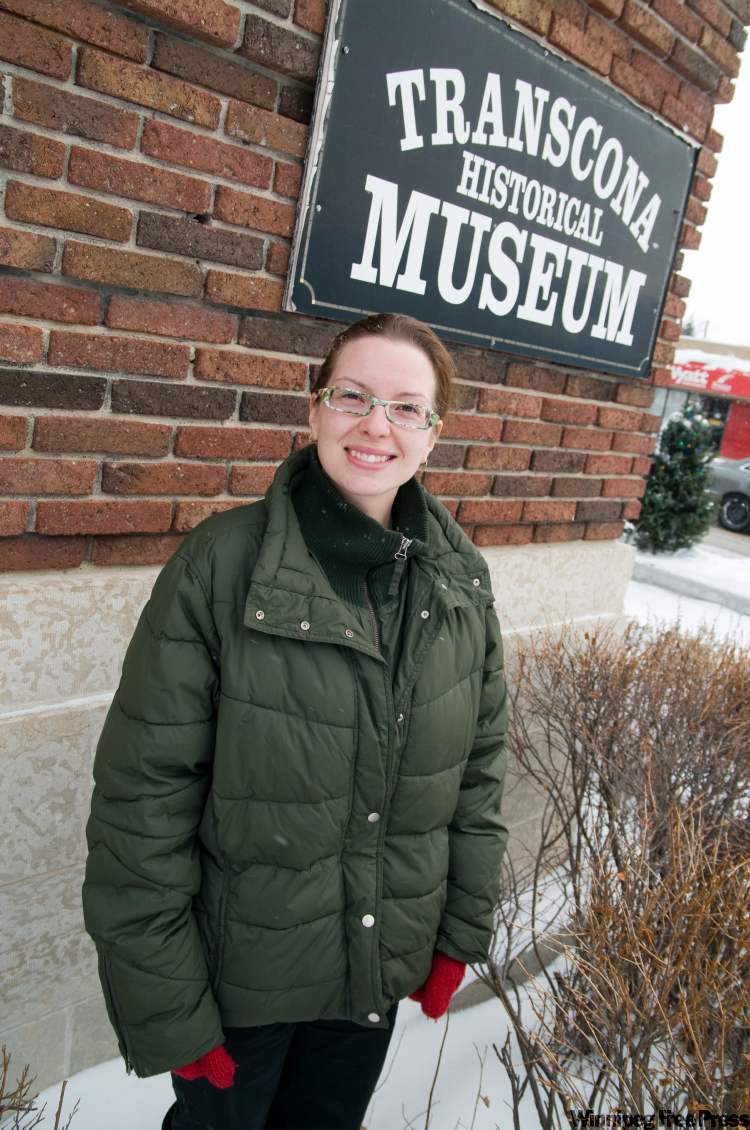Enough with the jokes already
Transconans proud of their little 'burb
Advertisement
Read this article for free:
or
Already have an account? Log in here »
To continue reading, please subscribe:
Monthly Digital Subscription
$1 per week for 24 weeks*
- Enjoy unlimited reading on winnipegfreepress.com
- Read the E-Edition, our digital replica newspaper
- Access News Break, our award-winning app
- Play interactive puzzles
*Billed as $4.00 plus GST every four weeks. After 24 weeks, price increases to the regular rate of $19.00 plus GST every four weeks. Offer available to new and qualified returning subscribers only. Cancel any time.
Monthly Digital Subscription
$4.75/week*
- Enjoy unlimited reading on winnipegfreepress.com
- Read the E-Edition, our digital replica newspaper
- Access News Break, our award-winning app
- Play interactive puzzles
*Billed as $19 plus GST every four weeks. Cancel any time.
To continue reading, please subscribe:
Add Free Press access to your Brandon Sun subscription for only an additional
$1 for the first 4 weeks*
*Your next subscription payment will increase by $1.00 and you will be charged $16.99 plus GST for four weeks. After four weeks, your payment will increase to $23.99 plus GST every four weeks.
Read unlimited articles for free today:
or
Already have an account? Log in here »
Hey there, time traveller!
This article was published 30/11/2010 (5426 days ago), so information in it may no longer be current.
There’s the one about how a person’s intelligence drops 20 points once they cross east Plessis Road heading east.
Then there’s the one about the official car of the region being anything up on blocks.
Or, have you heard how active transportation in the area involves pushing a stroller?

These jokes — if you can call them that — all centre around Transcona, the Rodney Dangerfield of Winnipeg neighbourhoods. But why is Transcona the easy target for these mindless darts?
Certainly other areas of Winnipeg are not immune to continuous criticism and stereotypes the eastern edge of the city gets on a daily basis, yet Transcona continues to be picked on.
The people who live and work in Transcona try to explain:
“It started as a blue collar town that was separated from Winnipeg by a lengthy stretch of highway,” starts Alanna Horejda, curator of the Transcona Historical Museum. “For some reason, the distance and hard-working label is the basis for the jokes. Like we’re not good enough or something.”
Raised in Moose Jaw, Sask., Horejda landed in the heart of T-Town in 2007 and has heard so many remarks about her new community, she tires of the topic. “I don’t tell Transcona jokes,” she states proudly, but that doesn’t stop others from coming up with a line or two trashing Trash-cona.
What’s the difference between a Transcona girl and a carpenter? A Transcona girl has longer nails.
How many Transcona guys does it take to change a light bulb? Uh, what’s a light bulb?
“Yeah, I’ve heard those before,” grinned Doug (last name withheld), as he walked his dog down a snowy Melrose Avenue West recently. “Those are old. People are just jealous, I think.”
Ripping on Transcona has changed over the years, says Crystal Meade, who works at the historic Royal George Hotel — a popular watering hole for those who cherish pink flamingos. Born and raised in Transcona, she’s almost embraced the identity the jokes have given the community — though she admits there was a time when she wasn’t so accepting.
“One time me and some friends went to Red Lake Falls (a popular camping/party spot in Minnesota) and we had a plan that if we met anyone we would tell them that we were from St. Vital,” Meade laughs. “We had a street picked out and everything. We thought people in the States knew about Transcona and the reputation it had.
“Now, I don’t care anymore. If people don’t like Transcona, that’s their problem.”
It’s not like Transcona hasn’t provided any ammunition for those looking to disparage. Horejda tells of the early beginnings of Transcona, after the Grand Trunk Pacific Railway bought 800 acres of land in 1908 and set up shops in the region. According to a 1910 census — two years before it officially became a town — the population of Transcona consisted of eight men, three women, and 15 dogs.
“I’m serious, there were more dogs than people here,” she smiled.
Sometimes this stuff just writes itself.
adam.wazny@freepress.mb.ca
Dropping In is a ‘random act of journalism’ that starts with a thumbtack on a city map and ends with a story from the street

